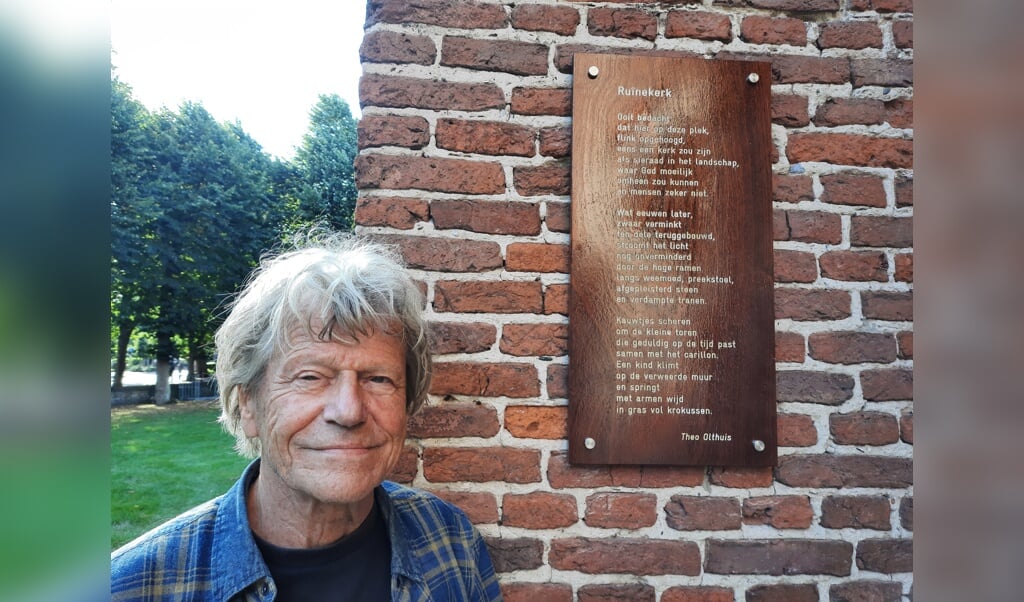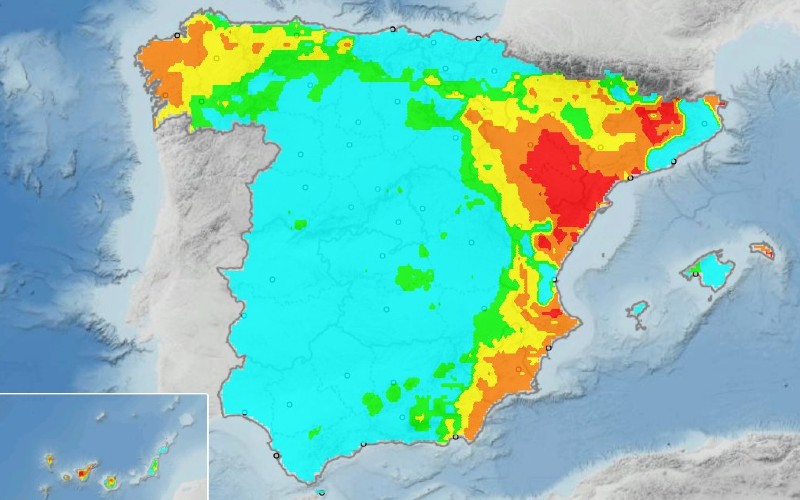before Homo sapiens It finally spread from Africa to the rest of the world 60,000 to 50,000 years ago, and much of the migration stuck in Arabia for tens of thousands of years. The ancestors of a large percentage of today’s non-Africans had acquired a large number of mutations during that period between 80,000 and 60,000 years ago, many of which relate to greater resistance to cold. At that time – in the middle of the last ice age – Arabia was much colder than it is now.
This is what a research team led by Australian geneticist Raymond Tobler concluded this week from analyzes of 1,500 human genomes from 1,000 to 45,000 years ago. in an essay in PNAS.
Homo sapiens was a latecomer in its spread out of Africa. Other human species, eg erect manNeanderthals and Denisovians had already settled out of Africa at the time of Homo erectus over a million years earlier. But as soon as Homo sapiens moved in, it spread throughout the world, right up to America. There is evidence that African Homo sapiens made strides out of Africa as early as 200,000 years ago, but these expansions appear to have been temporary.
Homo sapiens arose in Africa about 300,000 years ago. Today’s humans outside of Africa appear to share a common ancestor that lived about 100,000 years ago, but sapiens fossils were only found in the Middle East until about 60,000 years ago.
Very strong genetic selection
From their analyzes of ancient genomes, Tobler’s team found strong evidence that at a total of 56 loci in the non-African genome, there was very strong genetic selection over tens of thousands of years around 80,000 years ago, or earlier. The final spread of Homo sapiens across Eurasia.
Because much of this selection occurred in genetic pools related to greater resistance to cold, the researchers believe that this group of Eurasian ancestors may have been ‘trapped’ for some time in an area where this genetic selection occurred. The most probable place for this, they say, is Arabia, perhaps extending into the Levant a little further north. At that time it was relatively cold in that area. After that, people became more physically resistant to the cold and prepared for its rapid spread to the rest of the world.
A problem with this theory is that at this exact period, about 80,000 to 60,000 years ago, there is no fossil evidence that Homo sapiens lived in Arabia. Researchers refer to the recent discovery of A pair of phalanges sapiens dating back 85,000 years Ancient in the Nafud desert in the north of the Kingdom of Saudi Arabia.
The “original group” of immigrants
Another problem is that the evidence for strong selection (Selective scans) in the ancient genomes spread across Eurasia, but not in the DNA of current Eurasians, although they should all have descended from this “primitive group” of sapiens sapiens from Africa. Principal researcher Raymond Tobler replies by email that this problem has been the subject of much discussion in the research team. And I don’t think we’ve found a completely satisfactory explanation for that either.”
It seems that there were also other groups of Homo sapiens ‘not this one Selective scans passed but contributed to the lineage of modern Eurasians.” Tobler refers to a group of “Basal Eurasianswhich already existed before supposed Based on traces in the genomes of Pleistocene Eurasia. It will be a line of descent that runs once outside Africa It branched out from other Eurasians very early. According to Tobler’s hypothesis, this should have been 80,000 years ago, in order to avoid those “selective Arab raids”.
Mixing with the descendants of these and possibly other post-glacial groups, Tobler said, would have erased the signals of selective sweeps in the rest of Eurasians.
The other possibility is of a more technical, genetic nature. It also appears that there was very strong selection in those 56 places in the genome, Tobler explains, but not strong enough to make it general enough. In genetic terms: “The blitz has not been installedTobler: “Well, we don’t know yet if all of this is a sufficient explanation. More research is definitely needed.”

“Total coffee specialist. Hardcore reader. Incurable music scholar. Web guru. Freelance troublemaker. Problem solver. Travel trailblazer.”






/s3/static.nrc.nl/images/gn4/stripped/data101270143-96cfd2.jpg)
More Stories
By Theo Olthuis: “Space gave its soft wings of sound”
There is now a lake in one of the driest places on Earth
Bluetongue spreads partly by animal transmission